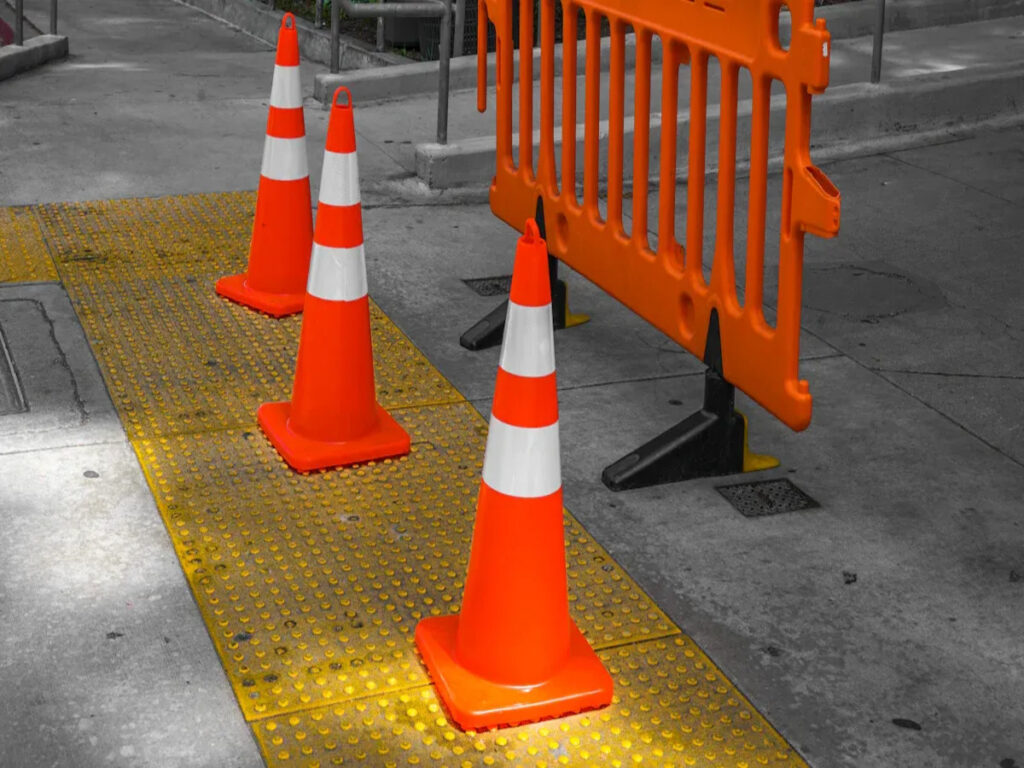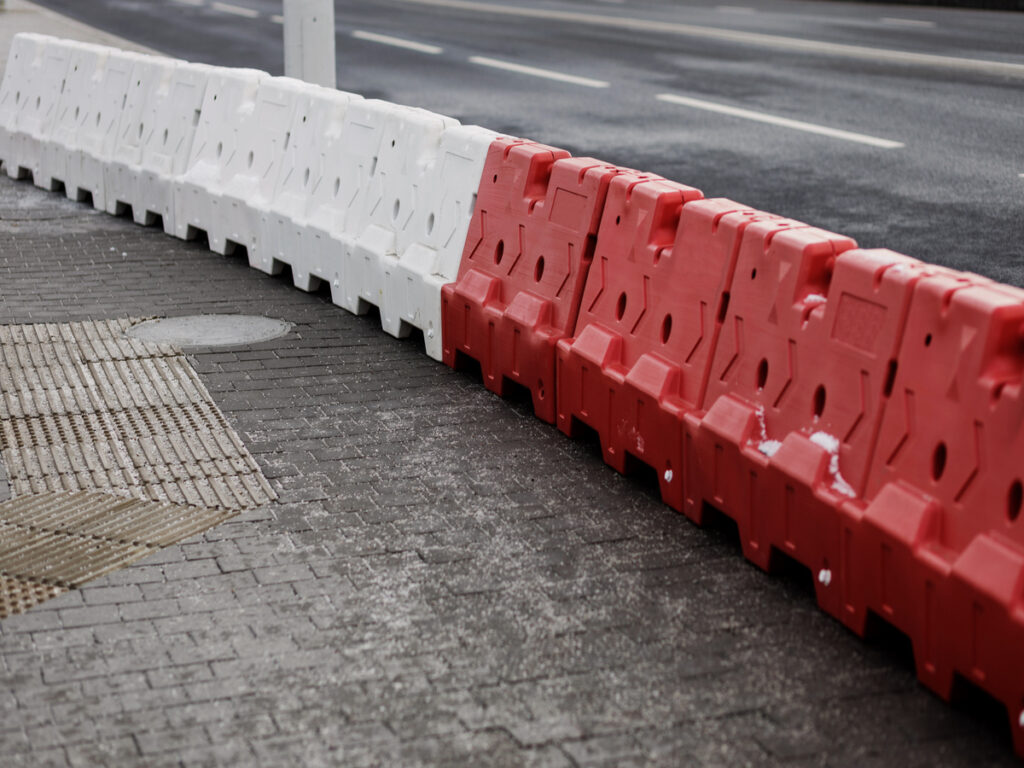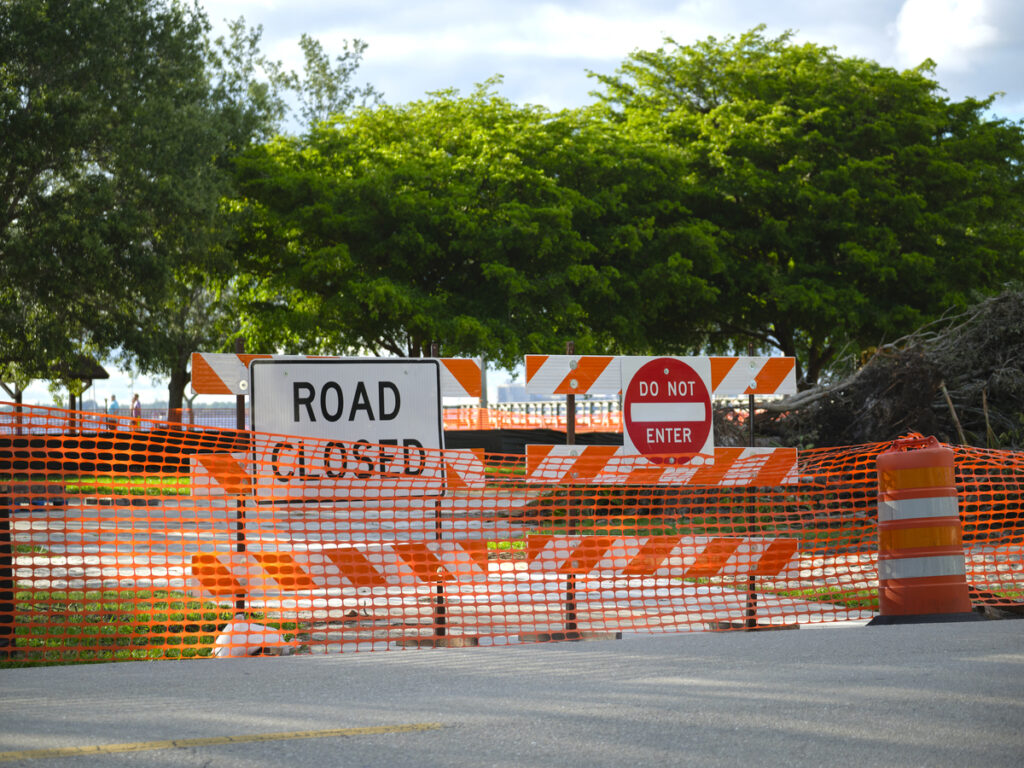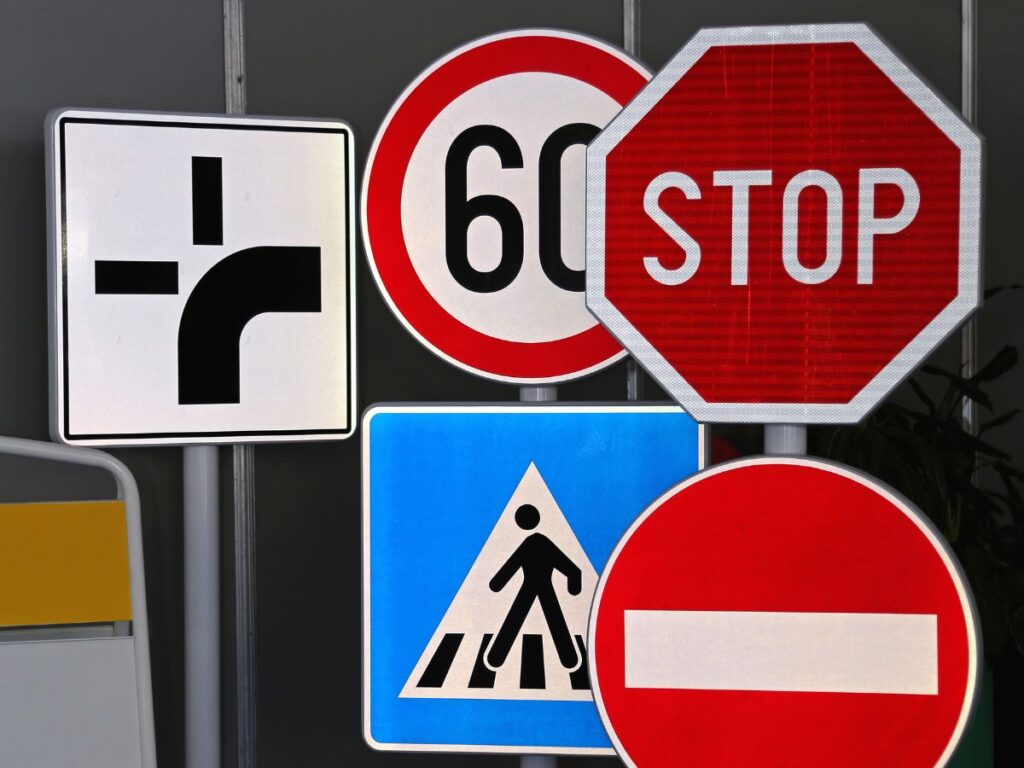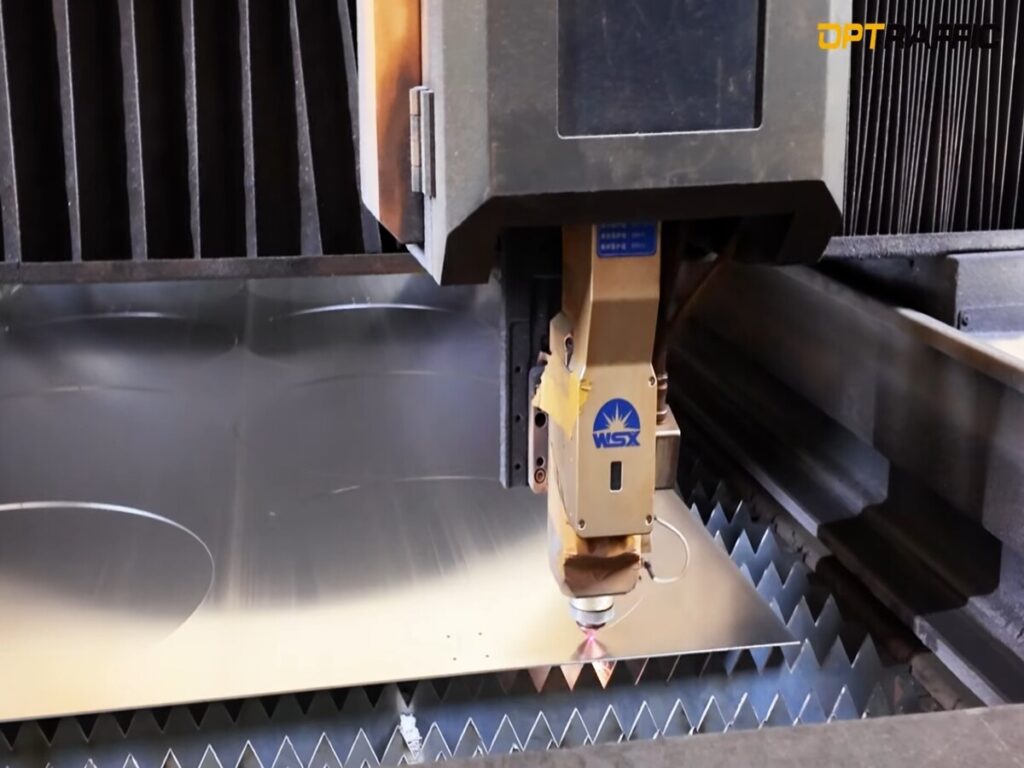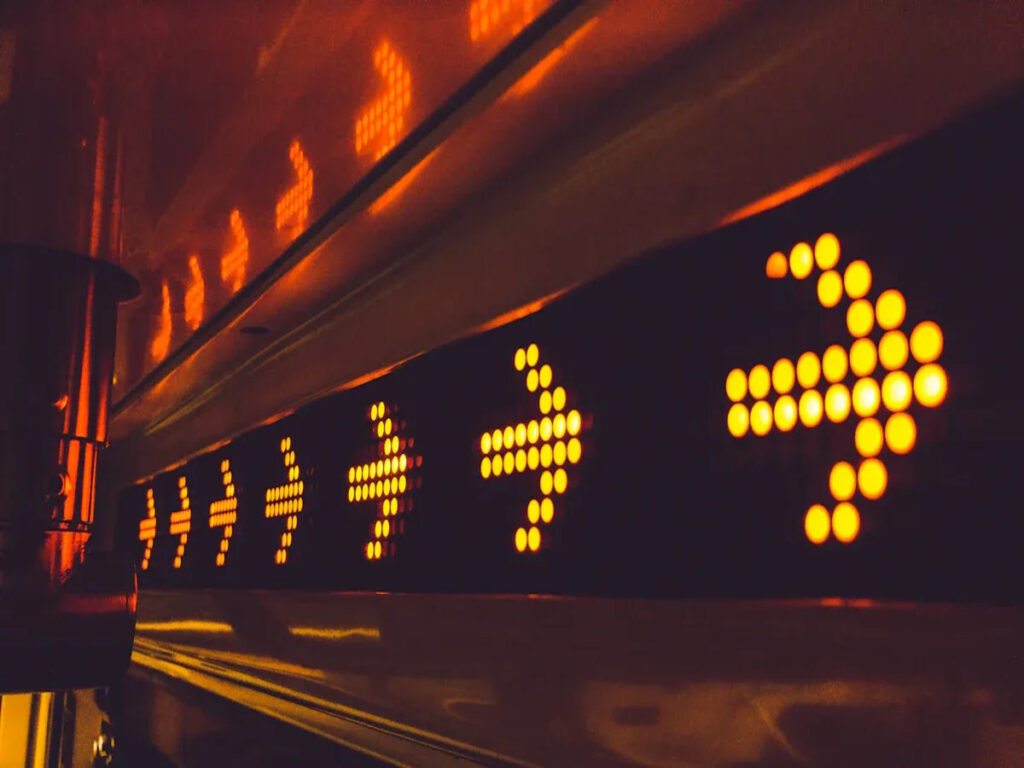
LED beacon lights make places safer. People see these lights in many busy areas. You can find them on roads, railways, airports, and in factories. The table below shows where beacon lights are used most:
| Application Area | Description & Usage | Key Usage Examples |
|---|---|---|
| Roadways | Used for traffic signals and construction warnings | Traffic signals, highway zones |
| Railways | Signal safety at crossings and stations | Railway crossings, stations |
| Airports | Guide pilots and vehicles on runways | Runway lights, taxiway signals |
| Industrial | Mark hazards and guide vehicles | Hazard marking, vehicle guidance |
| Emergency | Alert people during emergencies | Emergency vehicle lights |
A steady amber light gives a steady warning. A flashing amber beacon light is used for urgent or emergency situations. Picking the right traffic warning light is important for safety. It also helps follow traffic rules. The right signals help people obey rules, especially in emergencies and on roads.
Key Takeaways
- Steady amber lights stay on all the time. They warn people about dangers that do not go away. These lights are good for places where you must always be careful.
- Flashing amber lights turn on and off quickly. They catch your eye fast. They show there is an urgent or emergency problem. People need to act fast when they see them.
- You must pick the right beacon for each place. Think about the situation, local rules, and the area. This helps everyone see and understand safety warnings.
- LED beacon lights last a long time. They use less power. They work well even in bad weather. This makes them a smart and safe choice.
- Following the rules and best ways to use beacons stops accidents. It keeps workers and drivers safe in busy or dangerous places.
Steady Amber
Definition
A steady amber light shines all the time without stopping. This signal does not blink or get brighter or dimmer. Steady amber beacon lights always show the same brightness. People see these lights where a warning must stay on. The steady light helps workers and drivers know about dangers that do not go away.
Common Uses
Steady amber beacon lights are used in many places.
- In industrial areas, these lights show where dangers or machines are.
- Warehouses use steady amber lights to light up aisles and work areas. This helps staff stay safe and not get hurt.
- Construction sites use steady amber signals to warn about working machines or closed-off places.
- Airports use steady amber beacon lights to help vehicles and planes move on runways and taxiways when it is hard to see.
Note: Amber light is good in fog, rain, and dust because it does not scatter much. This makes steady amber beacon lights useful outside and in factories.
Safety Significance
Steady amber beacon lights are important for safety. They tell people to be careful and watch out for dangers, but they do not mean there is a big emergency. This warning helps workers and drivers stay careful without getting scared. For example, Groendyke Transport put amber beacon lights on their trucks and had 34% fewer rear-end crashes in 31 months. The steady amber light helped drivers pay more attention and stopped more accidents. Amber light is also easier on the eyes and helps people see dangers better in busy places. Steady amber signals help keep people moving safely at work and on roads.
Flashing Beacon Lights
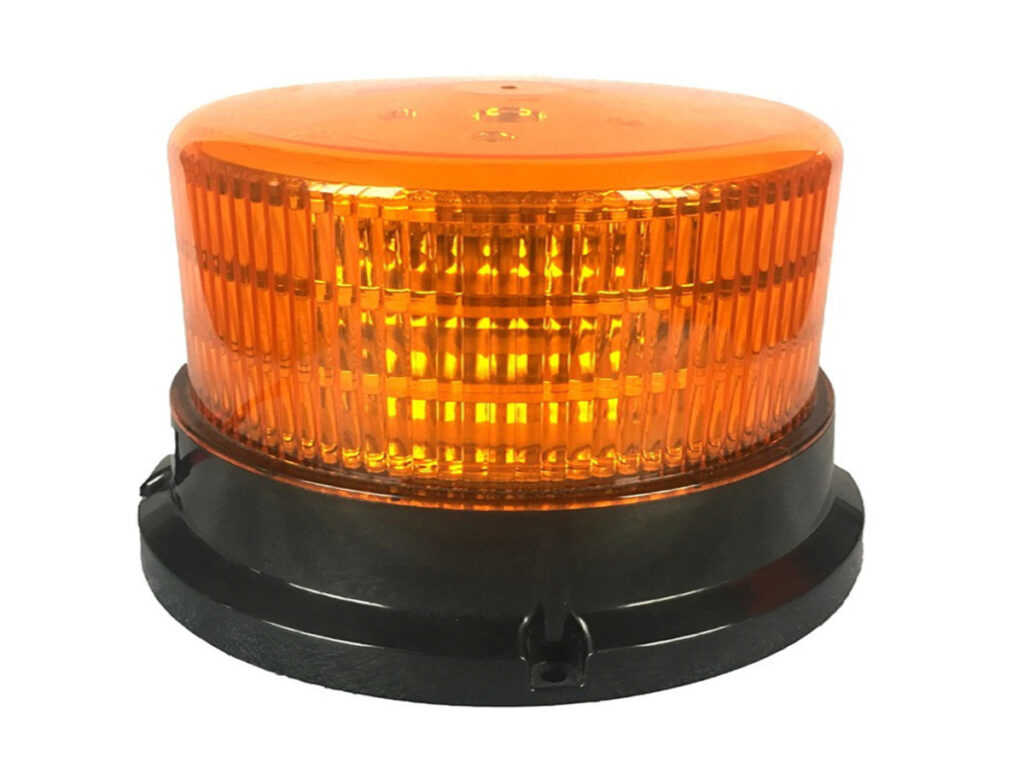
What Is Flashing Amber
Flashing traffic beacon lights blink on and off in a pattern. This makes them easy to see. The light flashes quickly and grabs attention. People notice flashing amber beacons right away. These lights warn about dangers that need fast action. Emergency vehicles use flashing lights to clear the way. They help drivers move aside quickly. Flashing amber beacons also stop accidents in urgent situations.
Typical Applications
Flashing beacon lights are used where safety matters most. You see them at road work zones and school crossings. Busy intersections also use flashing lights. Construction sites mark dangers with flashing beacons. These lights guide vehicles safely. Maintenance trucks and emergency vehicles use flashing amber beacons. They let others know they are there. School zones use flashing beacons with radar speed signs. This slows down cars and keeps children safe. The table below shows how flashing beacon lights lower crash numbers in different places:
| Study (Location) | Number of Sites | Beacon Type | Crash Type | Crash Reduction |
|---|---|---|---|---|
| Murphy and Hummer (NC) | 34 | Standard overhead | Total crashes | 12% reduction |
| Murphy and Hummer (NC) | 34 | Standard overhead | Angle crashes | 19% reduction |
| Pant et al. (OH) | 7 | Standard overhead | Fatal crashes | 56% reduction |
| Pant et al. (OH) | 5 | Stop sign beacon | Angle crashes | 58.2% reduction |
| Srinivasan et al. (NC and SC) | 84 | Standard overhead | Angle crashes | 11.9% reduction |
| Srinivasan et al. (NC and SC) | 4 | Stop sign and intersection ahead signs | Total crashes | 40% reduction |
| Stackhouse and Cassidy (MN) | 8 | Standard overhead | Total crashes | 39% reduction |
| Brewer and Fitzpatrick (TX) | 4 | Standard overhead | Preventable crashes | 43% reduction |
| Brewer and Fitzpatrick (TX) | 4 | Standard overhead | Ran stop sign crashes | 26% reduction |

Urgency and Attention
Flashing beacon lights give bright warnings people notice fast. The human eye sees flashing lights quicker than steady ones. This helps in emergencies and urgent warnings. Research shows flashing lights help people spot danger sooner. They also help people react faster. Vehicles with flashing lights stand out in bad weather. They are easy to see at night too. Flashing patterns, like single or double blinks, make people act quickly. Emergency teams use these lights to keep roads and work areas safe. Flashing beacon lights are a main tool for warning people in risky places.
Amber Beacon Lights: Key Differences
Visual Impact
Amber beacon lights look different and make people react differently. Steady amber lights shine with the same brightness all the time. Flashing amber lights blink quickly, about 3 or 4 times each second. This fast blinking makes them easier to notice in busy places. The table below shows how they look different:
| Visual Feature | Steady Amber Beacon | Flashing Amber Beacon |
|---|---|---|
| Flashing Frequency | None (steady) | About 3.6 Hz |
| Colour | Amber | Amber |
| Number of Lamps | Fewer illuminated | More lamps flashing or on |
| Illuminated Size | Smaller area | Larger area |
| Human Perception Impact | Less attention-grabbing | More conspicuous, grabs attention |
| Brake Response Time | Baseline (slower) | Faster by about 0.11 seconds |
Flashing amber beacon lights help people see dangers faster. People react about 10% quicker to flashing lights than steady ones. This can stop accidents when people need to act fast. Flashing lights are bright and move, so they warn people strongly. Steady amber lights are good for dangers that last a long time. But they do not make people feel as urgent. Both types help people see better, but flashing lights warn better in emergencies.
Tip: Pick flashing amber beacon lights when you need people to act fast. Use steady amber lights for warnings that are not urgent.
Regulations
Rules for amber beacon lights are different in each country and job. Airports make vehicles use flashing amber beacons on the airside. If a vehicle does not have one, it must follow another that does. In the United States, rules let utility and slow vehicles use both steady and flashing amber lights. These lights do not let them go first, but show they are there. In India, only emergency vehicles can use amber beacon lights. Police, fire, and ambulances can use more colours, but VIPs cannot. Ireland lets some vehicles use steady or flashing amber lights for breakdowns, roadworks, and services. These lights warn others but do not give right of way.
| Country/Region | Regulation/Standard | Use of Steady Amber | Use of Flashing Amber | Notes |
|---|---|---|---|---|
| Airports | Compulsory for airside vehicles | N/A | Mandatory | Must have flashing amber or travel with one that does |
| United States | State/local rules | Common on utility vehicles | Common on tow trucks, airport vehicles | No traffic priority |
| India | Supreme Court ban (2017) | Emergency vehicles only | Emergency vehicles only | Multi-colour for police, fire, ambulance |
| Ireland | National guidelines | Allowed for some vehicles | Allowed for service vehicles | No traffic priority |
There are punishments for breaking these rules. For example, not letting vehicles with flashing amber lights pass can mean a fine or a small crime. Drivers must slow down and be careful near these vehicles. The law treats both steady and flashing amber lights as important warnings.
Energy and Durability
LED beacon lights are bright and last a long time. Steady amber lights use the same amount of energy all the time. Flashing amber lights use less energy because they turn off and on quickly. This means they make less heat and use less power. Both types of LED beacon lights last much longer than old bulbs. LEDs can work for thousands of hours and stay bright. This is good for places where lights must always work, like emergencies and factories.
Note: LED beacon lights do not need much fixing. They work well in bad weather and stay bright for a long time.
Flashing amber beacon lights might last even longer because the bulbs rest between flashes. Steady amber lights are always on, so they can use more energy over time. Both types save money because they do not break often. LED technology keeps amber beacon lights bright and working, so people stay safe everywhere.
Choosing the Right LED Beacon Light
Factors to Consider
Picking the right LED beacon light takes a few steps.
- First, think about what you need the light for. Flashing amber lights are best for warning people. They are good for emergency or building vehicles. Steady amber lights are better for places that need light all the time, like warehouse aisles or danger zones.
- Next, look at the local rules. Some places say you must use flashing beacons on some vehicles. Other places let you use steady lights for normal safety.
- Then, check where you will use the light. You need to think about how bright it is, the angle of the beam, and how much energy it uses. If a vehicle works at night or in fog, it needs a bright beacon.
- Also, make sure the light is strong. It should handle shaking, dust, and water. This is important for vehicles outside or in factories.
- Last, see how easy it is to put in and fix. Lights that are easy to install and do not need much fixing save time and money.
Tip: Always pick a beacon that fits the job. This helps the light give the right warning and stops confusion or glare.
Industry Best Practice
Experts say to use flashing amber LED beacon lights on vehicles that need to be seen, like those in building work or emergencies. Steady amber lights are used to light up danger spots or mark parked vehicles. Do not put flashing beacons above roads where drivers might think they are stop signs. It is better to put beacons right on stop signs or vehicles. This makes things clearer and less confusing. Keep each LED beacon light not too bright or big. This stops glare, especially at night. Teach workers how to use and look after the lights. This keeps the lights working well. Companies should also think about older drivers. They might see LED signals in a different way.
Application Examples
- Wireless LED beacons on warehouse vehicles warn workers and stop crashes.
- Amber strobe beacons on building vehicles help people see them near busy roads.
- LED warning lights on forklifts help people see moving vehicles and stop accidents.
- Hazard warning lights on parked vehicles show breakdowns and keep drivers safe.
- Beacon lights on tow trucks and service vehicles help follow traffic safety rules.
- LED exit signs and aisle lights help people move safely in warehouses.
- Remote-controlled LED beacons let people manage safety and link with other systems.
Note: Using LED beacon lights with sensors, alarms, and cameras makes safety better for vehicles and worksites.
LED Beacon Light Benefits
Efficiency and Lifespan
LED beacon lights work very well and last a long time. They change more electricity into light, so they use less power. This means they can shine brightly but do not need much energy. Using less power saves money and makes less heat. LEDs turn on right away, which helps in emergencies. Their strong build stops damage from shaking, hot or cold weather, and rain. This makes them good for outdoor and factory jobs. The way they are made keeps them safe from rust and working for years.
LEDs can last from 30,000 to 50,000 hours. This long life means you do not need to change them often. You also spend less time fixing them. Companies save money and have fewer problems at work. To keep LED beacon lights working well, check and clean them often. Make sure wires are safe and the cover is strong. Put oil on moving parts and look for rust. This helps the beacon stay bright and safe.
Tip: Check your beacon lights every three months. Use oil that keeps water out to help them last longer.
| Aspect | LED Beacon Lights | Xenon Lights |
|---|---|---|
| Energy Efficiency | High; less power needed for bright light | Low; more energy and heat produced |
| Lifespan | 30,000–50,000 hours | 2,000–10,000 hours |
| Durability | Resistant to shock and harsh conditions | Fragile; prone to breakage |
| Maintenance | Less frequent, lower cost | Frequent, higher cost |
| Environmental Impact | Lower energy use, less waste | Higher energy use, more waste |
Comparison with Traditional Lights
LED beacon lights are better than old types of lights. Incandescent, fluorescent, and halogen lights do not last as long. They can stop working suddenly, which means you must fix them quickly. LEDs get dim slowly, so you can plan when to change them. They do not break easily if they shake, so they are good for airports and factories.
New technology makes LEDs brighter, last longer, and use less energy. Some LEDs can be controlled from far away or work by themselves. This means you do not need to fix them by hand as much. LEDs are better for the planet because they can be recycled and make less pollution. The chart below shows LEDs last much longer than other lights.
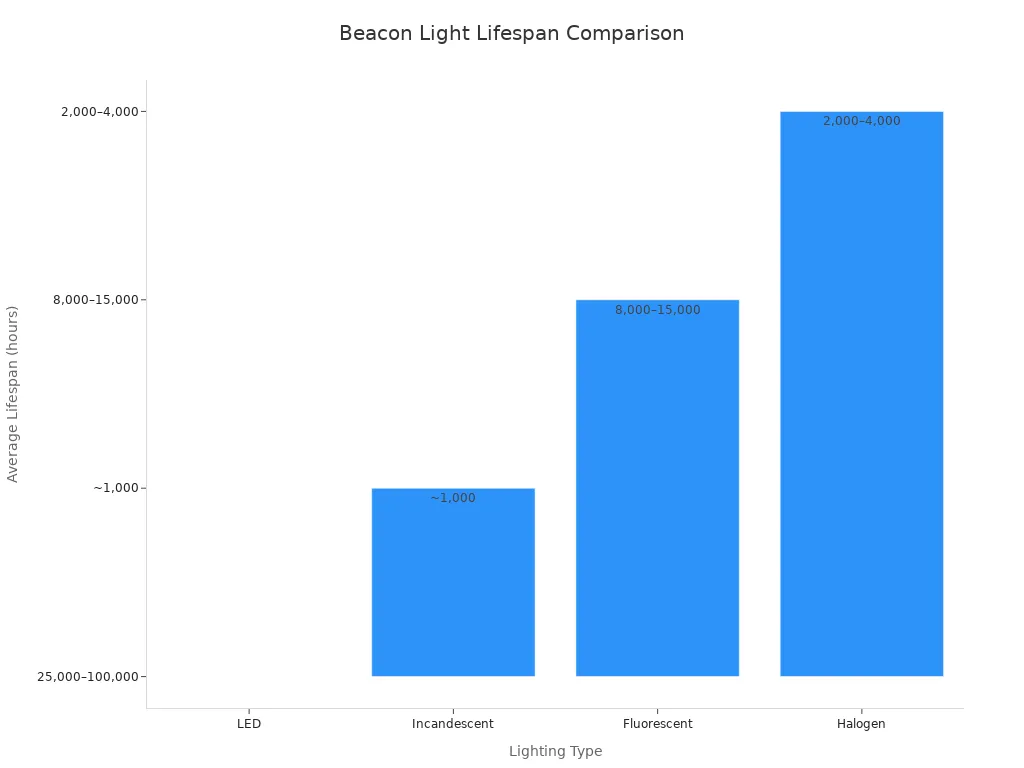
When companies use LED beacon lights, they find it easier to look after them. The lights are brighter and save lots of energy. These good points make LEDs the best choice for safety, reliability, and caring for the environment.
Steady amber beacon lights always warn people about danger. Flashing amber lights show there is an urgent emergency. Picking the right type of light makes things safer. It also helps vehicles follow the law. Emergency vehicles use flashing amber lights to warn others. This helps stop accidents from happening. Many places now use LED beacon lights for better results. Emergency teams and factories use them because they work well. The LED beacon light market is growing quickly. New technology makes these emergency signals brighter and more dependable. Changing to LED beacons helps every emergency team and vehicle get ready for any emergency.
FAQ
What is the difference between steady amber and flashing amber?
Steady Amber:
This is a warning signal that appears before the light turns red, advising drivers to slow down and prepare to stop. It helps manage traffic flow at controlled intersections by ensuring drivers have time to react.
Flashing Amber:
Flashing amber is often used in areas with less traffic or at pedestrian crossings. It signals drivers to proceed with caution, without the requirement to stop unless necessary. It’s typically used in situations where full traffic control isn’t needed but alertness is crucial.
Key Differences:
Steady Amber: Precedes a red light, prompting drivers to stop.
Flashing Amber: Used for caution, allowing drivers to proceed carefully without stopping.
These signals improve road safety by enhancing driver awareness and helping manage traffic efficiently at various intersections and pedestrian zones.
Can flashing amber beacon lights be used on emergency vehicles?
Flashing amber beacon lights are used by vehicles that must warn others. Emergency services use these lights to tell people they are coming. The lights help vehicles move safely in busy places.
What colour beacon light is required for construction zone warning?
Amber beacon lights show where construction zones are. Workers use these lights to warn about danger and guide vehicles. Amber stands out in fog, rain, and dust. Drivers slow down when they see amber lights near roadworks.
Are LED beacon lights suitable for outdoor use in harsh weather conditions?
LED beacon lights work well outside. The lights can handle water, dust, and shaking. Factories and emergency teams use LED beacon lights in rain, snow, and heat. Their strong build keeps the lights bright and working.
How do LED beacon lights improve safety compared to older lights?
LED beacon lights are brighter and last longer than old lights. Workers and drivers see dangers more easily. The lights use less energy and need less fixing. Emergency teams pick LED beacon lights for better safety.
Can steady amber beacon lights be used on stationary vehicles?
Steady amber beacon lights are used on parked or slow vehicles. The lights warn others about hazards or obstacles. Drivers see the steady light and avoid crashes. Emergency teams sometimes use steady amber lights for safety.

